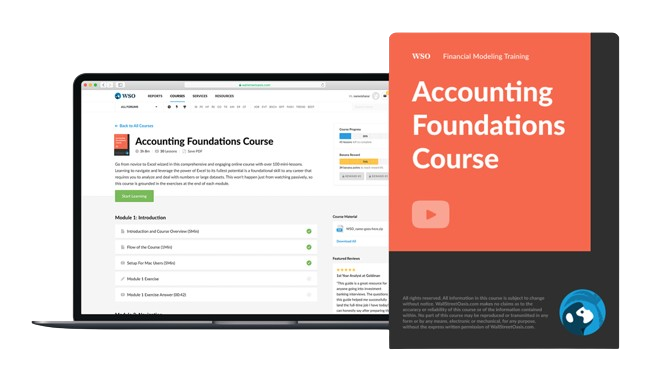Help-Wanted Index (HWI)
An index that traditionally measures the number of help-wanted job advertisements posted in major national newspapers in the United States each month
What Is the Help-Wanted Index?
The Help-Wanted Index (HWI) is an index that traditionally measures the number of help-wanted job advertisements posted in major national newspapers in the United States each month.
It was created in 1951 by the Conference Board, a non-profit research organization that provides economic data and analyses on indicators around consumer confidence, employment trends, and more.
The Help-Wanted Index was restructured in 1987, with the index set to equal 100 for a selected base month. The index can be more complex by considering other relevant variables, such as population size.
The index reveals the number of open job positions, which reflects the general strength of the labor market. It provides vital insights into employment data and related factors such as:
- Changes in demand for workers/employees, demand for various goods and services, and overall economic activity and growth
- The efficiency of the job search and matching procedure
- A measure of how many positions remain open, seeking new workers for a prolonged period
- Insights into the state of the economy (labor demand and recessions/recoveries)
However, the Help-Wanted Index is primarily based on job opening advertisements listed in newspapers; thus, it may not fully capture job openings listed online.
Key Takeaways
- The Help-Wanted Index (HWI), established in 1951 by the Conference Board, measures monthly job advertisements in major U.S. newspapers, offering insights into labor market strength and economic activity.
- HWI is calculated based on a chosen base month, with 100 assigned as the index value. Subsequent months' index values reflect changes in the average number of help-wanted ads compared to the base month.
- High HWI values indicate a robust job market with many open positions, potentially leading to wage inflation. Conversely, low values suggest limited job openings, possibly signaling recessionary trends.
Calculating the Help-Wanted Index
The HWI and the change in index value in a future month can be calculated after following two simple steps as listed below:
- A base month is chosen, and an average number of help-wanted ads in newspapers is assigned an index value of 100
- To calculate the change in the index value for future months, divide the average number of help-wanted advertisements in the future month by the average number in the base month. Then, multiply this quotient by 100 to determine the change
Example of the Help-Wanted Index
For example, consider the base month to be January and that there are 1,600 help-wanted ads. Since it corresponds to the base month, it can be assigned an index value of 100.
Hypothetically, consider the average number of help-wanted newspaper ads in February to be 1,900. So, then the HWI in February is calculated as
(1,900/ 1,600) x 100 = 119
The index has increased and is thus higher than in the base month, showing the increase in job postings. Meanwhile, if the number of help-wanted advertisements decreased after a few months, the index would decrease.
For example, assume the average number of help-wanted advertisements declined to 1,500 ads in May. This would correspond to an HWI calculation of
(1,500/ 1,600) x 100 = 94
The index has decreased and is thus lower than in the base month.
Note
If it continues to drop and does so rapidly, it may indicate a recession coming to the economy.
Interpreting the Help-Wanted Index
To interpret, we need to understand the index's high and low values.
High Index
It indicates several open job positions are available, meaning many are seeking new employees. Individuals in the labor market have more options in choosing a job position.
This may push firms to increase wages and salaries. Therefore, employers may have to increase wages to attract workers, which can cause wage inflation. This can potentially affect equities and bonds negatively, as interest rates may rise due to inflation.
As HWI increases, more and more job positions are opening up. This leads to decreasing unemployment or increasing employment in the economy. It may also show signs of a potential economic recovery.
Note
As more workers fill open positions, economic activity and production rise, leading to employers hiring more workers and posting more job advertisements.
Low Index
Indicates few open job positions, meaning not many employers are looking to hire new employees. This can lead to increasing unemployment or decreasing employment.
HWI decreases as the economy goes into recession (or a continuous fall in HWI can be a potential sign of one coming). Various firms experience declining economic activity and output, resulting in decreased employment.
This leads to less worker demand, so many become laid off or fired, and employers become less likely to want to hire. Fewer available job positions (help-wanted ads) posted. HWI keeps decreasing until the economy begins to recover.
Limitations Of Help-Wanted Index
As the Internet began gaining popularity and relevance in individuals' everyday lives, it has also impacted open job postings and searches.
So, there has been a shift in publishing help-wanted advertisements from being written in newspapers to being published online on different websites and sites like Indeed, Handshake, Monster, LinkedIn, and even Google.
These online advertisements are not considered in calculating the help-wanted index. Thus, it may not provide the most accurate depiction of help-wanted advertisements and labor demand in the economy, leading to its reduced usage by economies today.
Nonetheless, several major newspapers continue to be printed and read. So, these newspapers continue to publish job advertisements as they gain traction among the public and help many find new job opportunities.
Note
Canada ceased using and developing the HWI in 2003 due to its perceived lack of relevance in depicting unsatisfied labor demand caused by the Internet.
However, it's possible that the decrease in newspaper advertisements doesn't reflect an overall decline in job postings but rather a shift towards online platforms.
Instead, a separate index, the Help-Wanted Online Index (HWOI), specifically tracks online labor demand.
Free Resources
To continue learning and advancing your career, check out these additional helpful WSO resources:




or Want to Sign up with your social account?